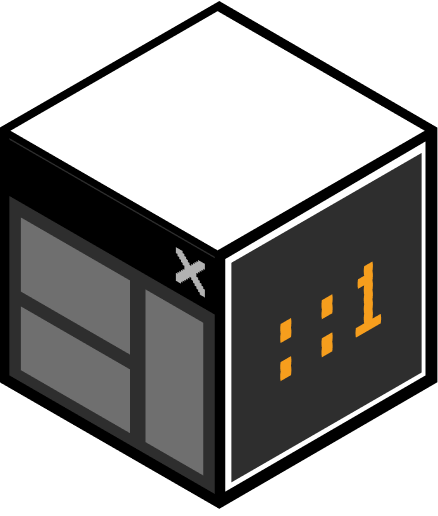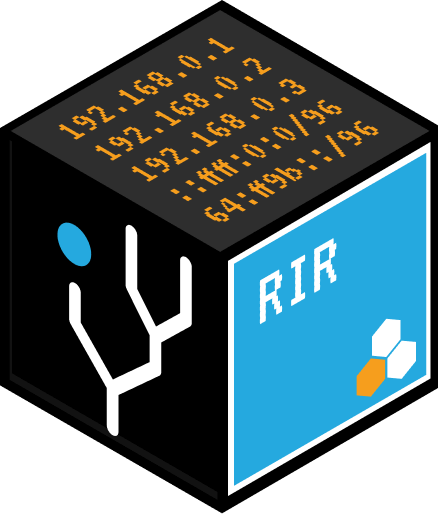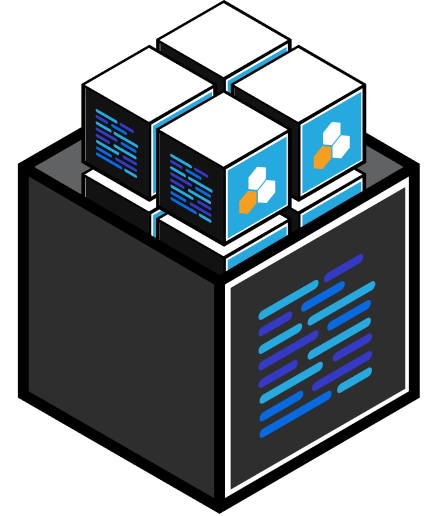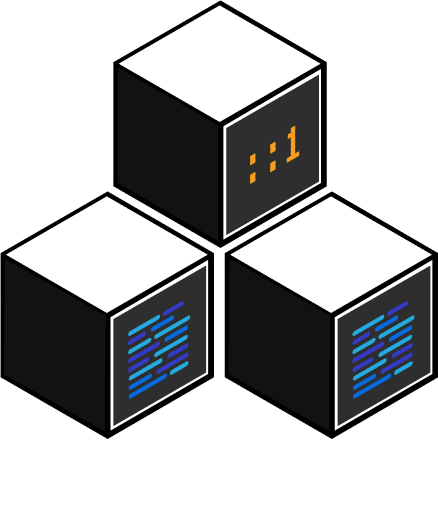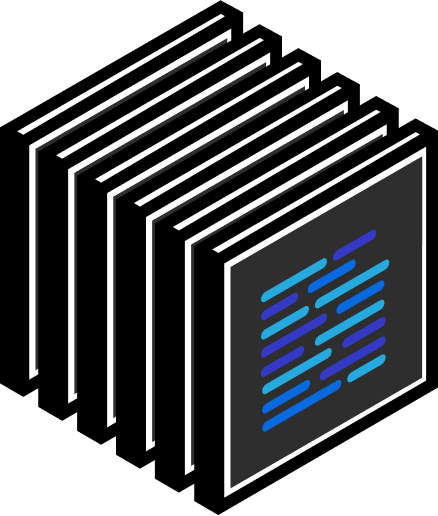First – some context: I was preparing a presentation on IPv6 for Silicon Valley DevOps Days a couple of months ago, and looked around for visualizations to show the scale of IPv6 in comparison to IPv4. IPv4 isn’t going anywhere, but the reality is that dual stack networks are the future. That means IPv4 and IPv6 living in harmony. But how do we get there when IPv4 has ~4.2B IPs and IPv6 brings…more? (340 undecillion – a number followed by 36 zeros). So since we didn’t find any helpful visualizations, we went ahead and made one.
You may have seen the headlines that the Internet has run out of IPv4 addresses. Yesterday we celebrated the 25th anniversary of the public accessibility to the World Wide Wide, which statistics showing us just how enormous the Internet truly is. There are 1.07 billion websites and 4.73 billion web pages. And while the Internet is more than just the World Wide Web, there are 3.4 billion people on the internet. By 2020, there will be an estimated 50 billion connected devices as part of the Internet of Things.
According to John Curran, president and chief executive of ARIN,
“[IPv4 has] been in place for more than 30 years, “and even the architects of the Internet could not have predicted the amazing success and universal adoption of the Internet and World Wide Web.”
There are many misconceptions about IPv4 to IPv6 migration, and the protocols themselves.
IPv4 (Internet Protocol Version 4) is the fourth revision of the Internet Protocol (IP) used to to identify devices on a network through an addressing system. It is the most widely deployed Internet protocol used to connect devices to the Internet. IPv4 uses a 32-bit address scheme allowing for a total of 2^32 addresses (just over 4 billion addresses).
IPv6 is the newest version of the Internet Protocol (IP) reviewed in the IETF standards committees to replace the current version of IPv4 (Internet Protocol Version 4). IPv6, often referred to as the “next generation” Internet standard, was created out of concern that the demand for IP addresses would exceed the available supply.
There are 3.4×10^38 or 340 undecillion IPv6 addresses. These 128-bit IP addresses are written in hexadecimal and separated by colons. An example IPv6 address could be written like this: 3ffe:1900:4545:3:200:f8ff:fe21:67cf
The best part? These protocols can coexist – so it’s not like closing one door and opening another, it’s about managing the same network, but with an additional protocol traversing the same infrastructure.



